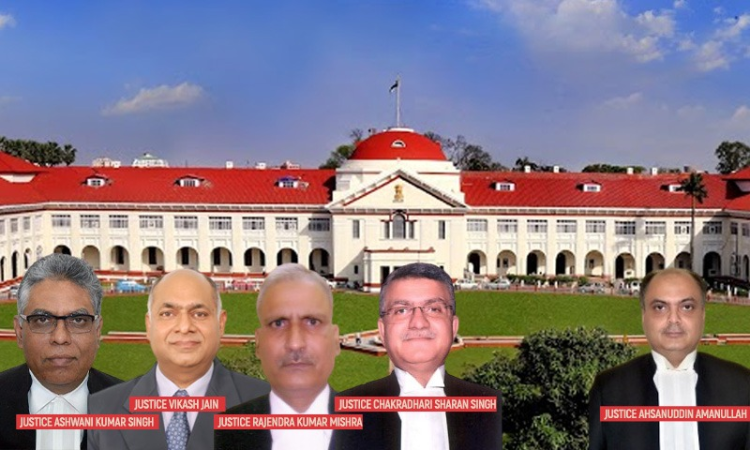Patna High Court Directs Demolition of Waqf Bhawan Constructed Close to the High Court Building by a 4:1 Judgement
Shrutika Pandey
9 Aug 2021 11:48 AM IST

Next Story
9 Aug 2021 11:48 AM IST
The Patna High Court, by a 4:1 judgement, has directed the demolition of a structure being constructed close to the northern side of the newly inaugurated Centenary Building of the High Court. As per the directions of the Chief Justice of the High Court, the matter was registered as public interest litigation, posted before a five-judge special bench consisting of Justice Ashwani Kumar...
